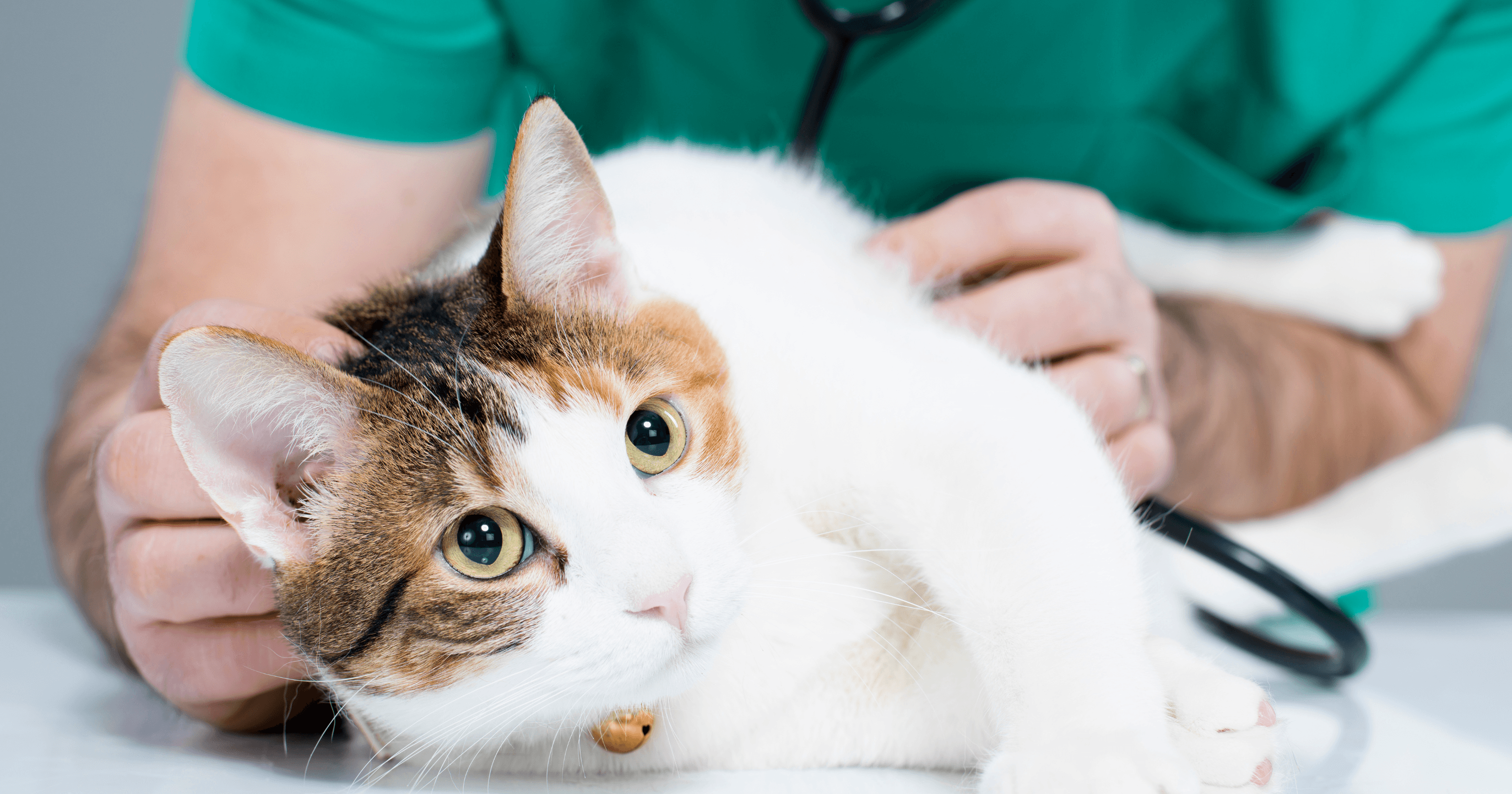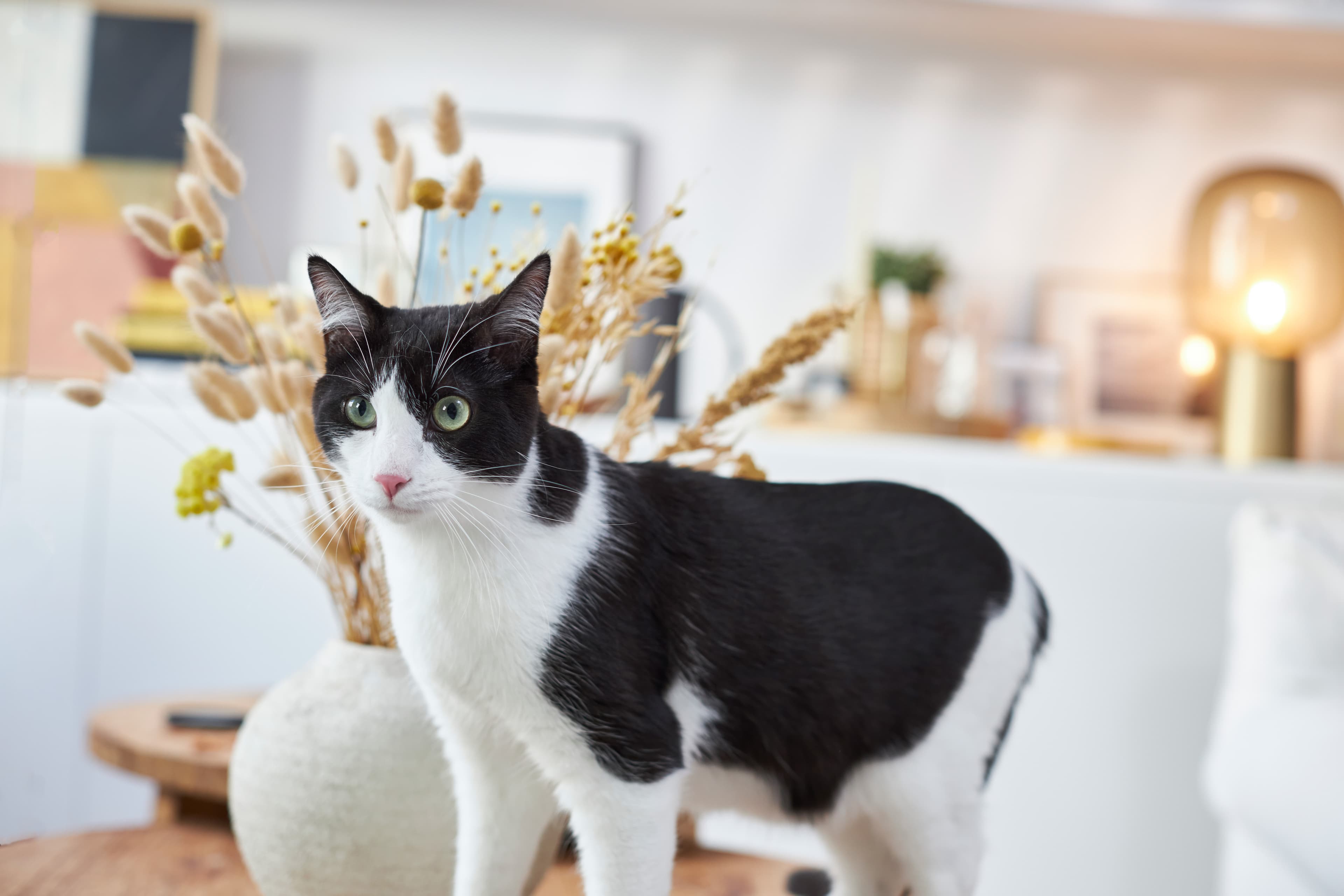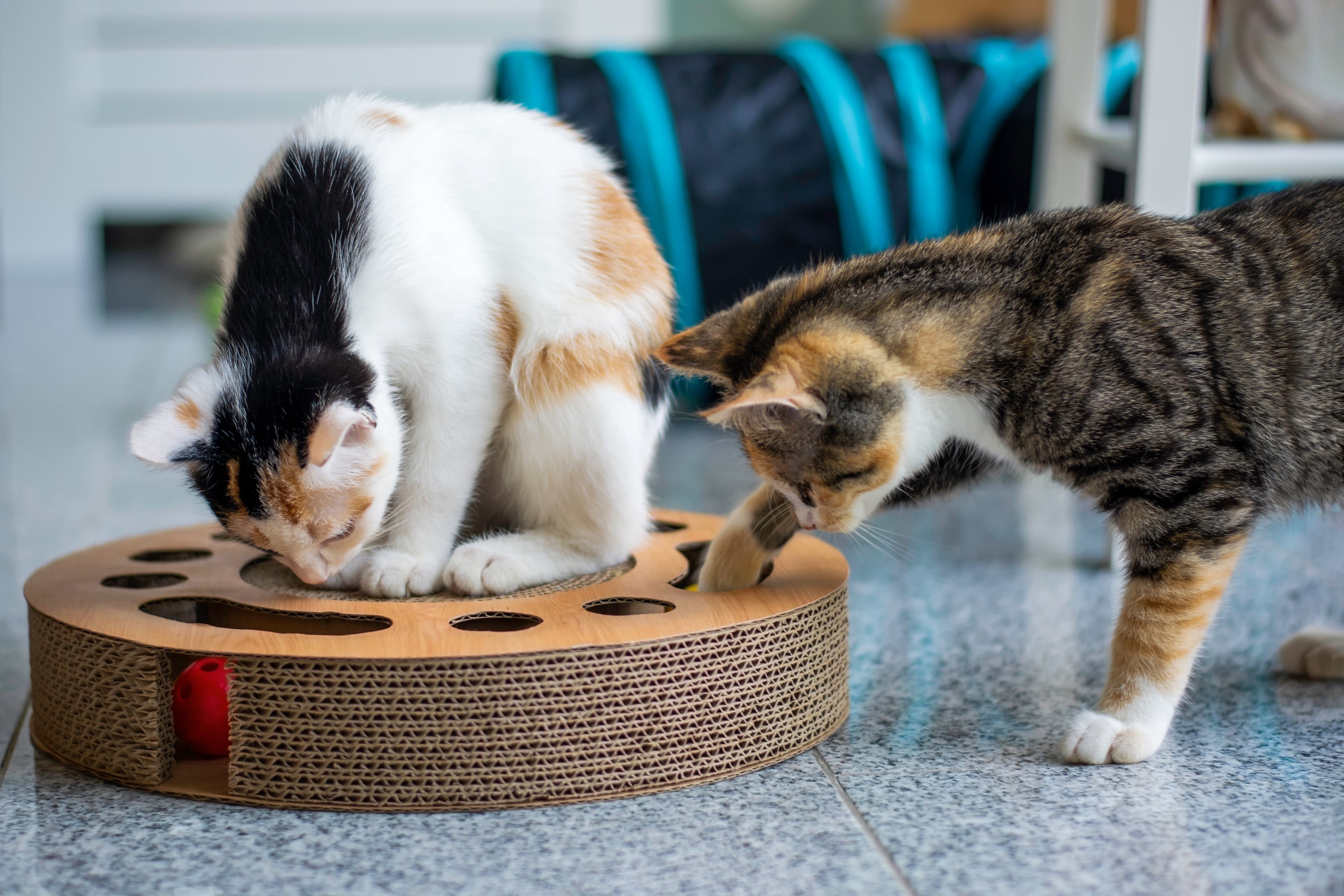Cats and stress
Unlikely as it may sound, cats, just like us, can suffer from stress which in the long term can make them feel very unwell, both mentally and physically. However, as a cat owner, it is possible to prevent this in a number of ways.
Different types of stress
As a cat owner, it is important to be able to distinguish between temporary and long-term stress. Temporary fright, anxiety or stress is not dangerous. An example of this is if the cat is frightened or surprised by an animal or object, or if the cat becomes anxious because of something that has happened in the home.
Prolonged stress
Instead, it is only when the stress lasts for a long period of time that it can lead to problems. This is because cats are not built or prepared in the same way for long-term stress, as opposed to temporary stress. Prolonged stress can therefore lead to the cat feeling unwell, which in turn can lead to behavioural problems or illness.
If your cat is exposed to stressors over a long period of time, it is not uncommon for it to suffer from stress-related bladder inflammation, licking its fur or urinating in the wrong place, for example. Whatever your cat's behaviour or the cause of the stress, this is something that needs to be dealt with to get your cat back to normal.
How do I know if my cat is stressed?
As we mentioned earlier, there is quite a difference between temporary stress and long-term stress in cats. Long-term stress in particular is often also something that develops gradually, which makes it particularly difficult to tell. Although the symptoms a cat shows in chronic stress can vary quite a lot depending on its personality and how the stress arose. It can show up in everything from changes in behaviour to changes in routine. However, there are a few things that may be worth paying attention to as they may be signs of just that.
Common signs of stress
Cat preening, licking or cleaning fur excessively
The cat starts to pee or poop inside the home
You feel the cat is more aggressive
The cat does not want to play
If your cat withdraws from you, or becomes dependent on you
What can I do to reduce the occurrence of stress?
Stress in cats can be quite difficult to detect, especially when it is prolonged and when the symptoms of change are not overly obvious or when they develop over a long period of time. However, it is quite common for long-term stress in cats to occur because of something in the cat's environment.
However, there are a few things you can do to help your cat out of its stressful behaviour. Below, we list our top tips to counteract and/or reduce stress in cats!
Tips to counteract stress in cats
Make sure your cat doesn't feel pressured by having to compete with another cat by providing each individual cat with its own food bowl, litter box or different resting places in the home
It is important that the cat feels that it has enough space of its own. Make sure cats have plenty of space and don't have to crowd - not all cats like company
By maintaining a routine in everyday life, your cat doesn't have to worry about what will happen later
Leave the cat alone if it goes to its place. In the case of an indoor cat, it should have plenty of things to entertain and stimulate itself with
For outdoor cats, it's a good idea to let them decide for themselves when they want to be inside and outside
Cats that have the opportunity to move around both vertically and horizontally often feel better. They usually like having the opportunity to climb on objects!






